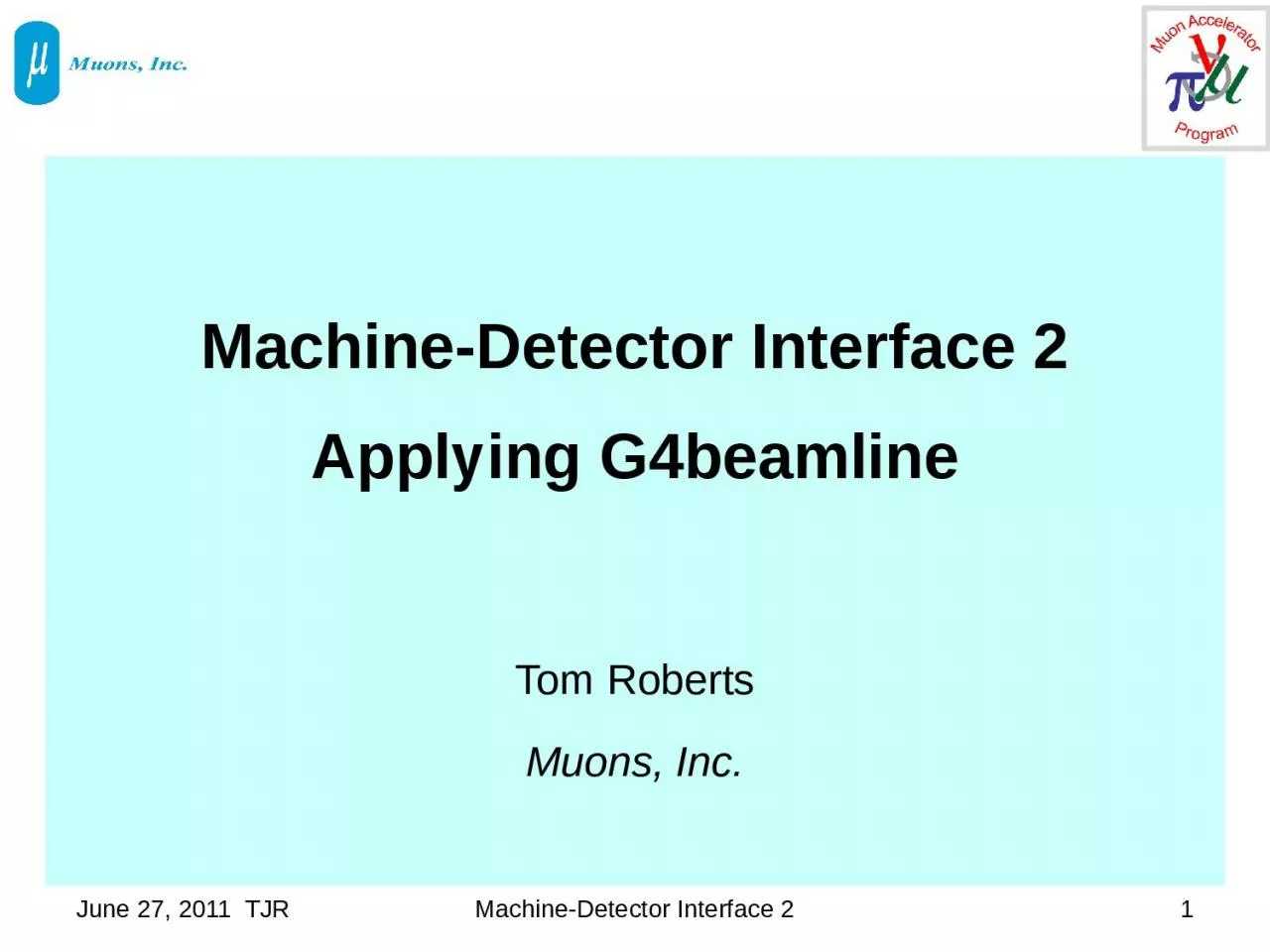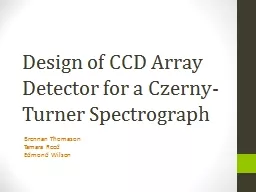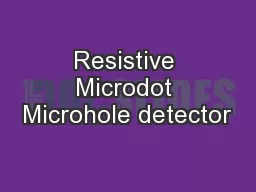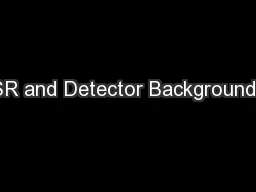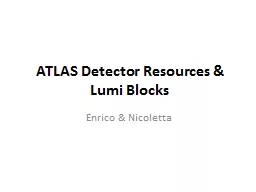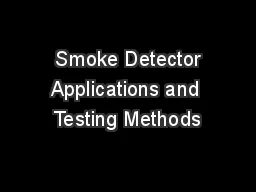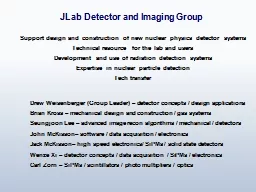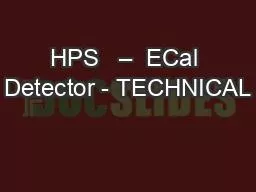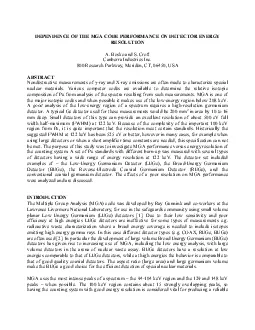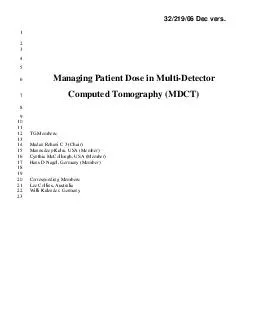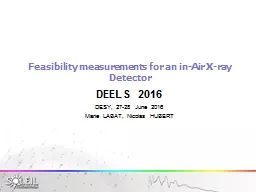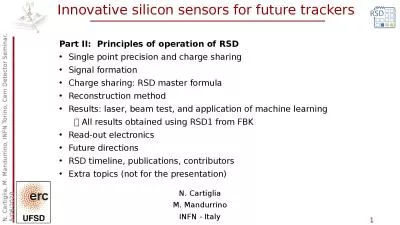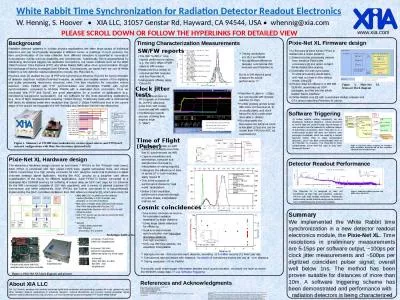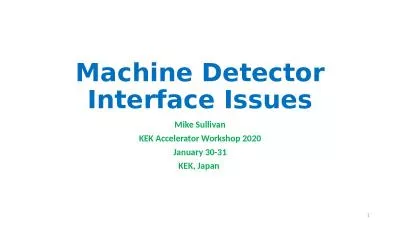PPT-Machine-Detector Interface 2
Author : kylie | Published Date : 2022-06-15
Applying G4beamline Tom Roberts Muons Inc June 27 2011 TJR 1 MachineDetector Interface 2 Outline Quick Introduction to G4beamline Why use it for MDI simulations
Presentation Embed Code
Download Presentation
Download Presentation The PPT/PDF document "Machine-Detector Interface 2" is the property of its rightful owner. Permission is granted to download and print the materials on this website for personal, non-commercial use only, and to display it on your personal computer provided you do not modify the materials and that you retain all copyright notices contained in the materials. By downloading content from our website, you accept the terms of this agreement.
Machine-Detector Interface 2: Transcript
Download Rules Of Document
"Machine-Detector Interface 2"The content belongs to its owner. You may download and print it for personal use, without modification, and keep all copyright notices. By downloading, you agree to these terms.
Related Documents

